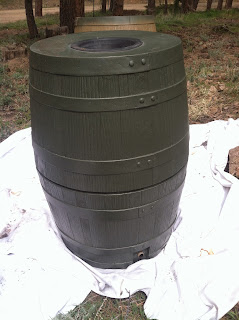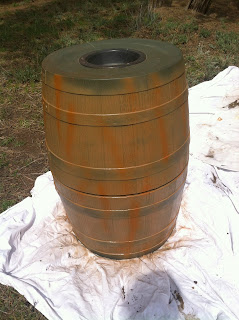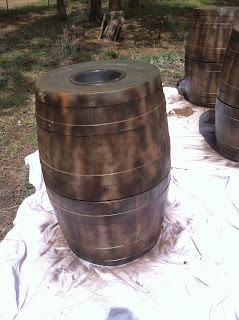The first question I ask my full service or design clients
is “what is your wedding budget?” And
more often than not, I get a blank stare, or an “I have no idea.” I’m not asking to be nosey; I’m asking so I
can pair you with the right vendor for your budget (and style, of course!) A
wedding should not put you in debt. I
work with all types of budgets, so I’m not going to turn you away if you’re “not
spending enough.” I just need to make
sure what I’m suggesting is within your means.
I frequently feel that “budget” is treated as this dirty
word, which no one wants to talk about.
But we NEED to talk about it.
Setting a budget and sticking to it is a healthy way to plan – going into
debt by blowing your budget out of the water is stressful and potentially
damaging to relationships.
Bottom line is, you MUST have a budget conversation with your family, so you know who is
taking responsibility for which aspects. Then you can know 100% what your wedding budget will be.
There are very traditional roles of how families spend their
money at a wedding. I’ll list these roles
below, but note that nothing is set in stone!
In this day and age, some brides & grooms are paying for their
weddings on their own. Sometimes the
groom’s family helps out a lot more than traditions state. It’s all individualized. But this list is meant to help you ask the
right questions, so you can budget for your wedding effectively.
Helpful Hint when dealing with “gift” money from family – build
in a buffer so you don’t have to ask for more money. 10% is a great estimate to cover unforeseen expenses. So if your family says they’ll give you $40,000
and that’s the ENTIRE AMOUNT you have for your wedding (let’s say you can’t
afford another cent), you’ll want to set your wedding budget at about $36,000,
so if you see something that you MUST HAVE, you can go over your budget slightly, and your buffer will cover it.
BRIDE and FAMILY:
- Invitations, announcements, and wedding programs
- Church or synagogue fees
- Bride's dress, veil, accessories, and trousseau (read: lingerie and honeymoon clothes)
- Floral arrangements for church (including huppah if a Jewish wedding ceremony) and reception
- Bouquets and corsages for bridesmaids and flower girls
- All wedding photos and video
- All professional services, including food, drink, rentals, decorations, and music at the ceremony and reception
- Wedding planner/coordinator
- Wedding transportation of bridal party to and from ceremony and reception
- Accommodations for all bridesmaids
- If there is more than one engagement party, bride's family hosts the first one
GROOM and FAMILY:
- Marriage license
- Officiant's fee and travel and accommodations if necessary
- Groom's outfit
- Bride's bouquet and going-away corsage, boutonnieres for men, and corsages for mothers and grandmothers
- Plan and host the rehearsal dinner
- The entire honeymoon
- If there is only one engagement party, typically this expense is split between bride & groom’s families
- Accommodations for all groomsmen and groom’s family
- Transportation for the groom's family and groomsmen
BRIDE ONLY:
- Plan and host bridesmaids' luncheon
- Groom’s ring (sometimes with help from her family)
- Bride's gifts to her bridesmaid and groom
GROOM ONLY:
- Plan and host bachelor’s dinner
- Bride's rings (sometimes with help from his family)
- Gift for groomsmen
- Attire for groomsmen (only if he wants to)
- Gift to the bride
MAID OF
HONOR & BRIDESMAIDS:
- Plan and host shower
- Their own attire (including shoes)
- Gift for the couple (multiple gifts if attending the shower and wedding)
BEST MAN,
GROOMSMEN & USHERS:
- Plan and host bachelor party
- Their own attire (including shoes)
- Gift for the couple
FRIENDS:
- Additional engagement parties or showers
 |
| Photo courtesy of Cake Knife Photography: www.cakeknifephotography.com |











